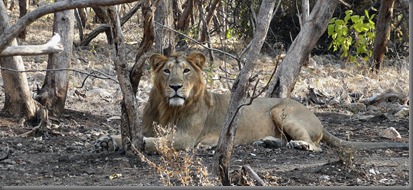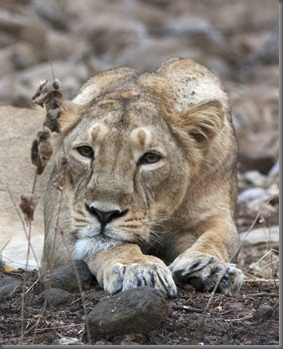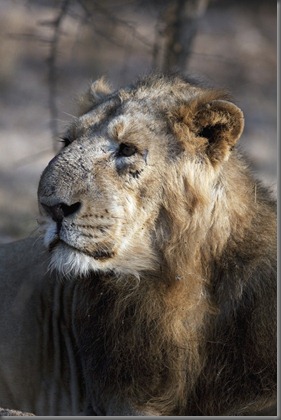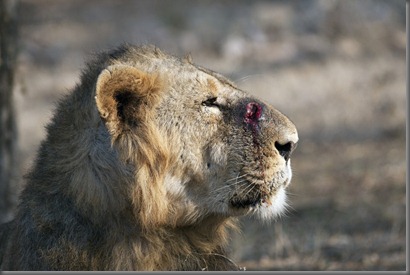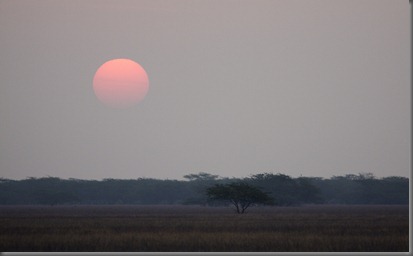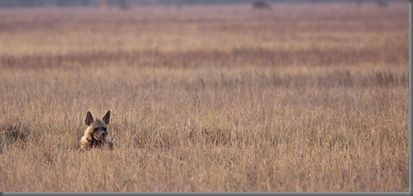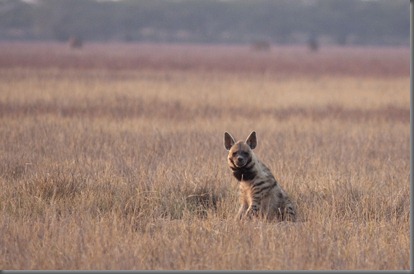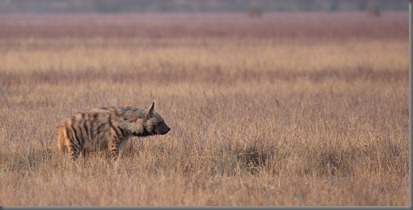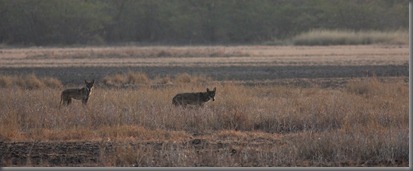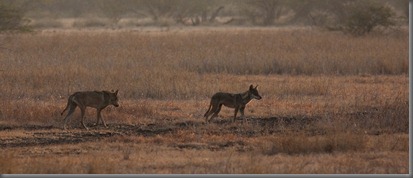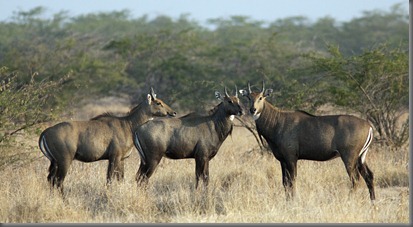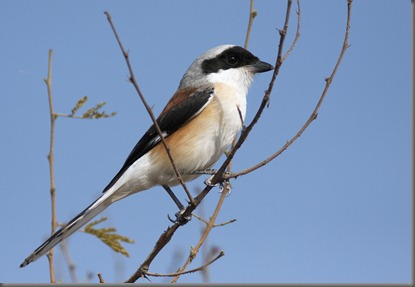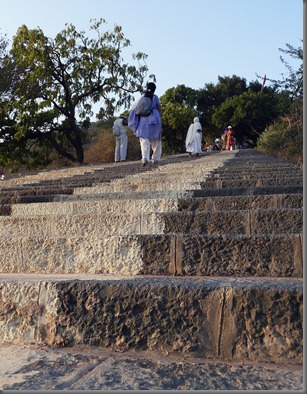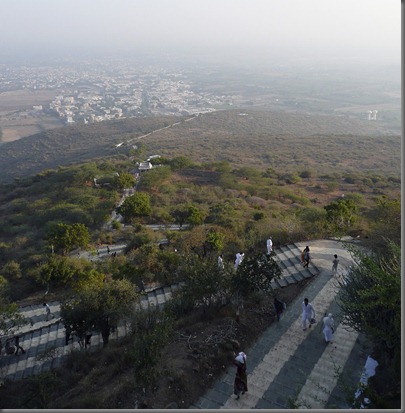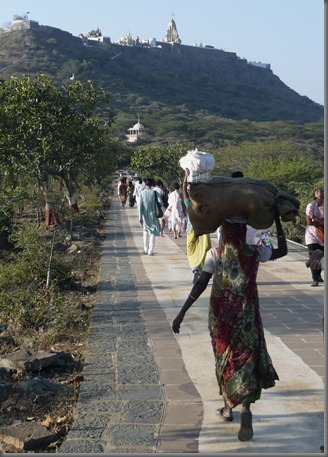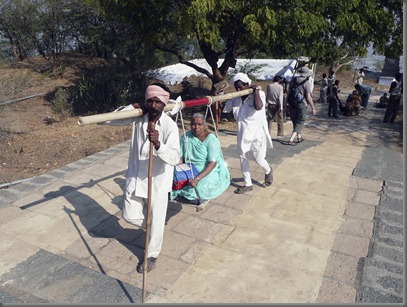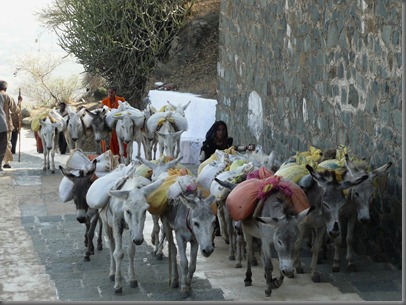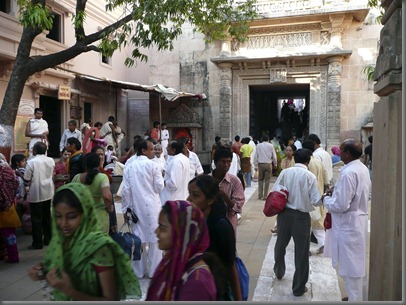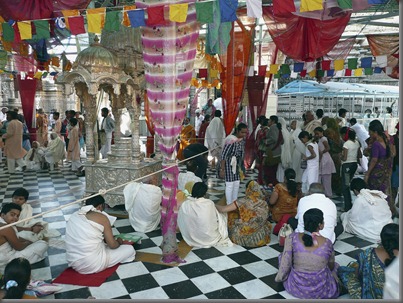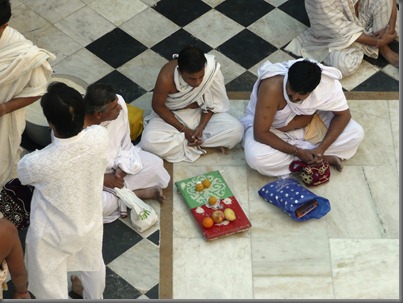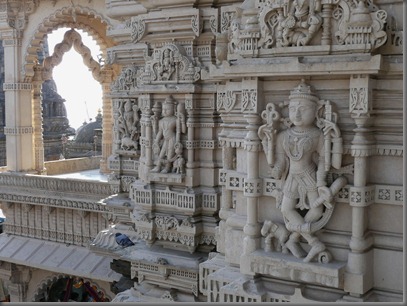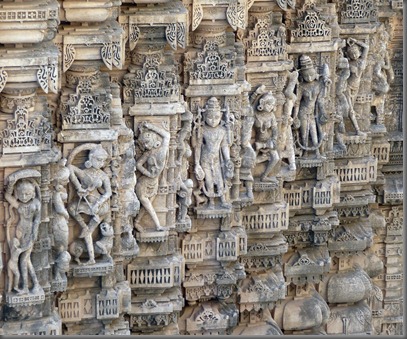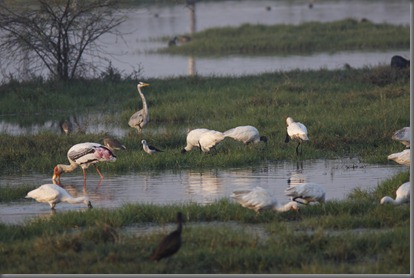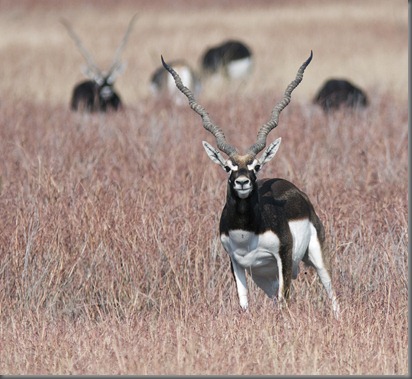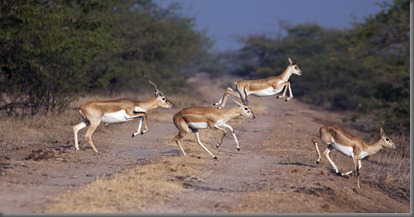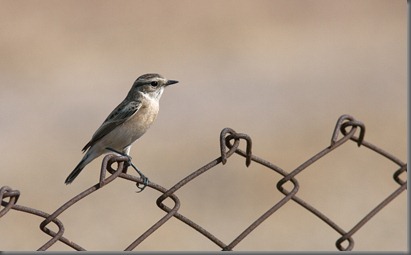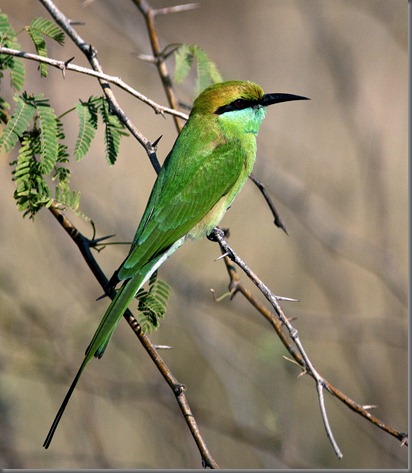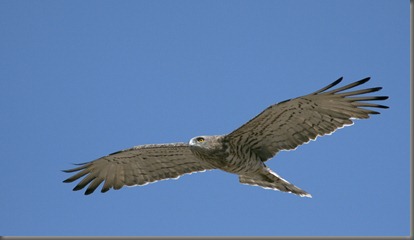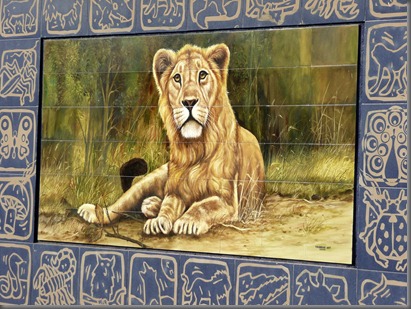
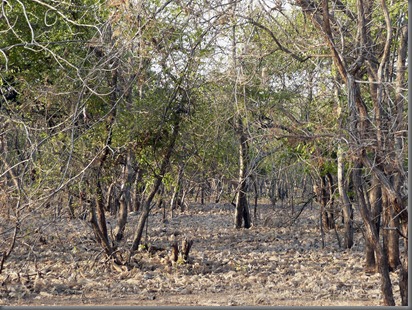
The gir forest is a dry forest and the majority of trees are deciduous with a lot of leaf litter covering the forest floor.
We stayed in this area for 3 full days with the target species being Asian lion. We had a total of 7 game drives scheduled with each drive being either morning or afternoon. The morning drives required us to be ready for 06:30 which meant a 05:45 alarm. Generally we were always a little late getting going as we had to await the arrival of entry permits to get into the forest. Also before we could enter the forest we had to get a permit for my camera which being over 7mp cost 500R, this now seems to be the going tourist rate for many reserves. This area in particular seems to be competing with the more famous tiger reserves and the local ‘trackers’ also expect a payment for any lions seen whether you are a tourist or a local. For example for seeing a male lion the going rate is 300R.
We asked some of the locals who were on a tour and had seen a male lion and they had also paid the trackers 100R each. This is probably taking ecotourism to an extreme but I guess in the end people have to live and if it ensures the on-going welfare of the lions then that must be a good thing.
As we were to find out over the next couple of days the lions are very hard to find (at least that was our experience) and the reserve is extremely dusty with many vehicles driving the various tracks looking for the lions, Sunday being an extremely busy day. Our first 3 game drives resulted in no lions but some good general wildlife experiences.
The reserve holds a population of 359 lions, of which the mature females can have a litter of cubs once every 3 years. So whilst the population is increasing the rise in numbers is very slow and all the time at risk from disease as the gene pool is restricted.
Good numbers of spotted deer (chittal) in the park along with wild boar, sambar, nilgai and leopard. At the time of our visit there were some young spotted deer calves and some excellent stags with impressive antlers in velvet.
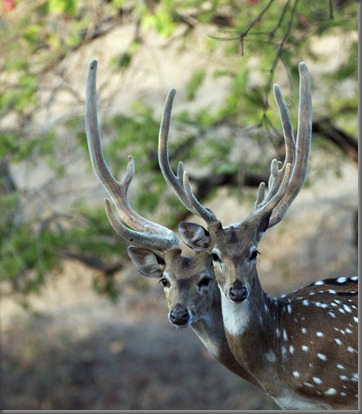
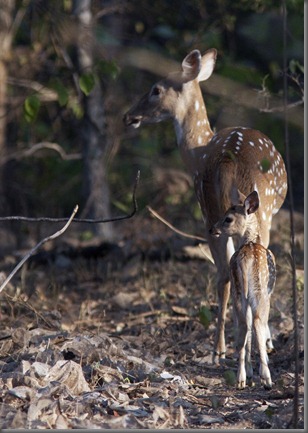
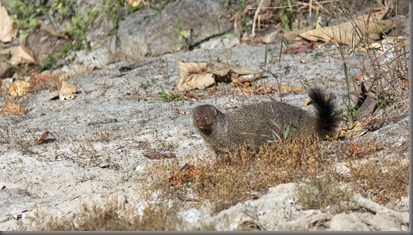
Ruddy Mongoose
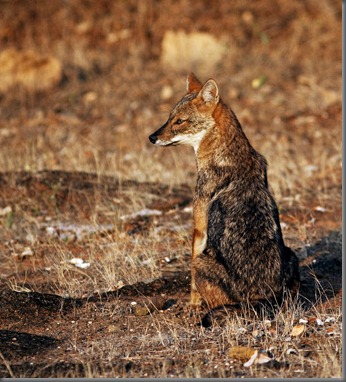
Jackal
Plenty of warning calls from spotted deer and langurs, usually warning of leopard which we didn’t see initially until our 6th game drive. We were then almost at the end of the drive and it was getting near to dusk when our guide saw the first of an encounter with 3 leopards. The first was a male which crossed the road in front of us and then proceeded a little way into the forest before sitting and then crouching down. Our guide then saw a female lion moving deeper into the forest which neither of us saw. The male then moved off and our driver then reversed a little way to try and see if we could see him and our guide then saw a second (female) leopard in some deep shade. We only caught the briefest of glimpses of her but we could hear her panting in the shadows. We then heard a leopard roar and thinking it was the first male we drove slowly forward to then see a third male cross the road and move off into the forest, this male had a radio collar and was much larger than the first.
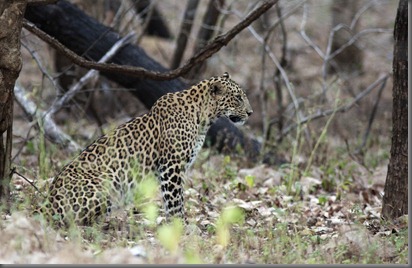
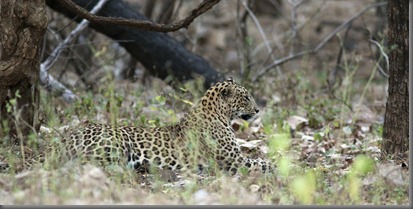
Whilst at Sasan we stayed at a luxury tented camp which was excellent and bordered onto a river which meant we could go for a walk in-between the days game drives and catching up on some sleep.
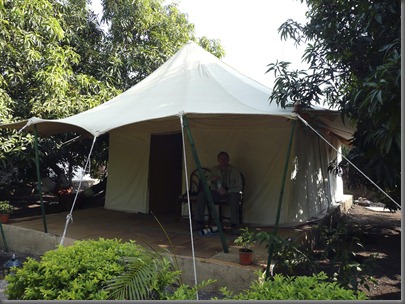
In the reserve itself birding is quite diffiicult as you are not allowed to walk about however some species were easy to see from the vehicles, such as Tickells blue flycatcher and mottled wood owl.
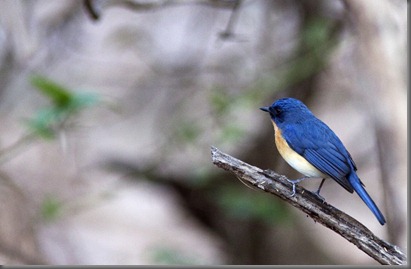
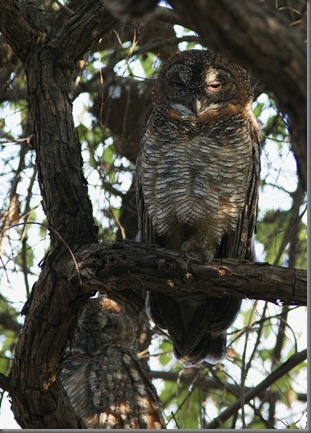
A leopard made a kill along the track between the town of Sasan and the camp where we were staying. The buffalo carcass could be seen from the track and was slowly being eaten away by egrets, crows and occasionally a returning leopard.
On our fourth game drive we finally scored asian lion, the first lioness we saw we almost ran over in our drivers efforts to get the prime position for viewing.
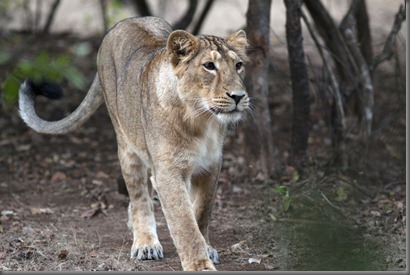
Then drove very fast along the forest tracks to see a pride of 4 lionesses and 5 cubs, something that is a rare event, with all 5 cubs having a good chance of survival. 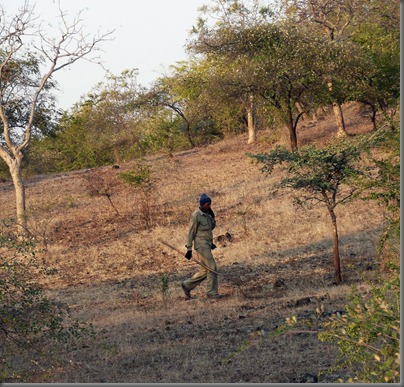
The lions are monitored by trackers, in fact these guys are almost lion keepers as they seem to stay with lion groups or individual males supposedly to make sure that all remains well. They try to ensure that cubs do not get killed by rogue males as they are such an important commodity to help ensure the survival and future of the asian lion. The trackers wander about the reserve with only a large stick for protection and sometimes they remain quite close to their charges.

